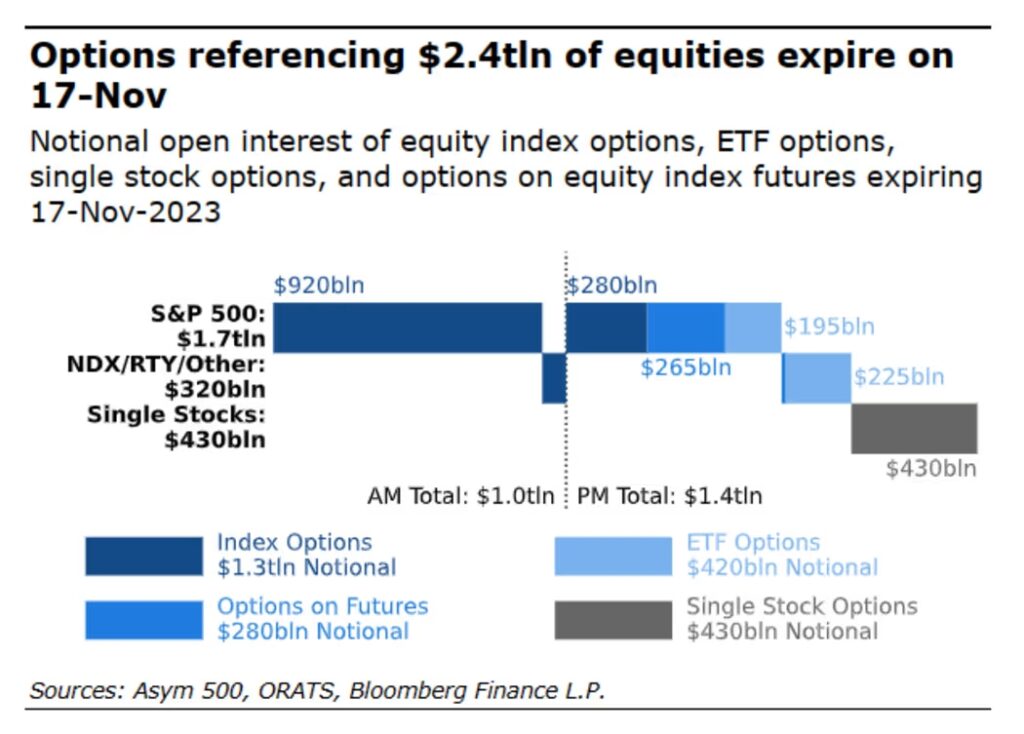Traders rushed into call options linked to popular U.S. equity exchange-traded funds, capitalizing on the surge in U.S. stocks following Tuesday’s release of the consumer-price index. Options-market strategists suggest that this influx could contribute to further stock gains in the coming days.
Data compiled by Rocky Fishman, founder of Asym50, reveals that options tied to a substantial $2.4 trillion in stocks, exchange-traded funds, and equity indexes are scheduled to expire on Friday.
Goldman Sachs Group analysts illustrated a notable increase in call buying related to well-known index-tracking exchange-traded funds this week. This trend led to a decline in the ratio of outstanding calls to puts, known as “skew,” for the SPDR S&P 500 ETF Trust (SPY), the Invesco QQQ ETF (QQQ), and the iShares Russell 2000 ETF (IWM). Traders shifted from puts to calls, signaling heightened optimism in the market.

Interestingly, Goldman’s data points out that skew for calls tied to the IWM, tracking the Russell 2000 index of small-cap stocks, has hit its lowest level on record. This indicates a surge in bullish sentiment in a market segment that was previously less favored.

Brent Kochuba, founder of SpotGamma, noted the intriguing shift in small-cap skew, emphasizing that with approximately one-third of IWM calls expiring on Friday, the recent momentum in small caps might diminish if traders choose not to extend their positions.
However, the increased demand for call options could also suggest that more traders enter the small-cap arena, hoping for a continued ascent. This shift comes as segments of the U.S. market, which have trailed Big Tech throughout the year, aim to catch up.
Call options symbolize optimistic wagers on an underlying security or index in the options market, while put options represent the opposite outlook. Options serve various purposes, including speculation on market direction or hedging an investor’s portfolio.




